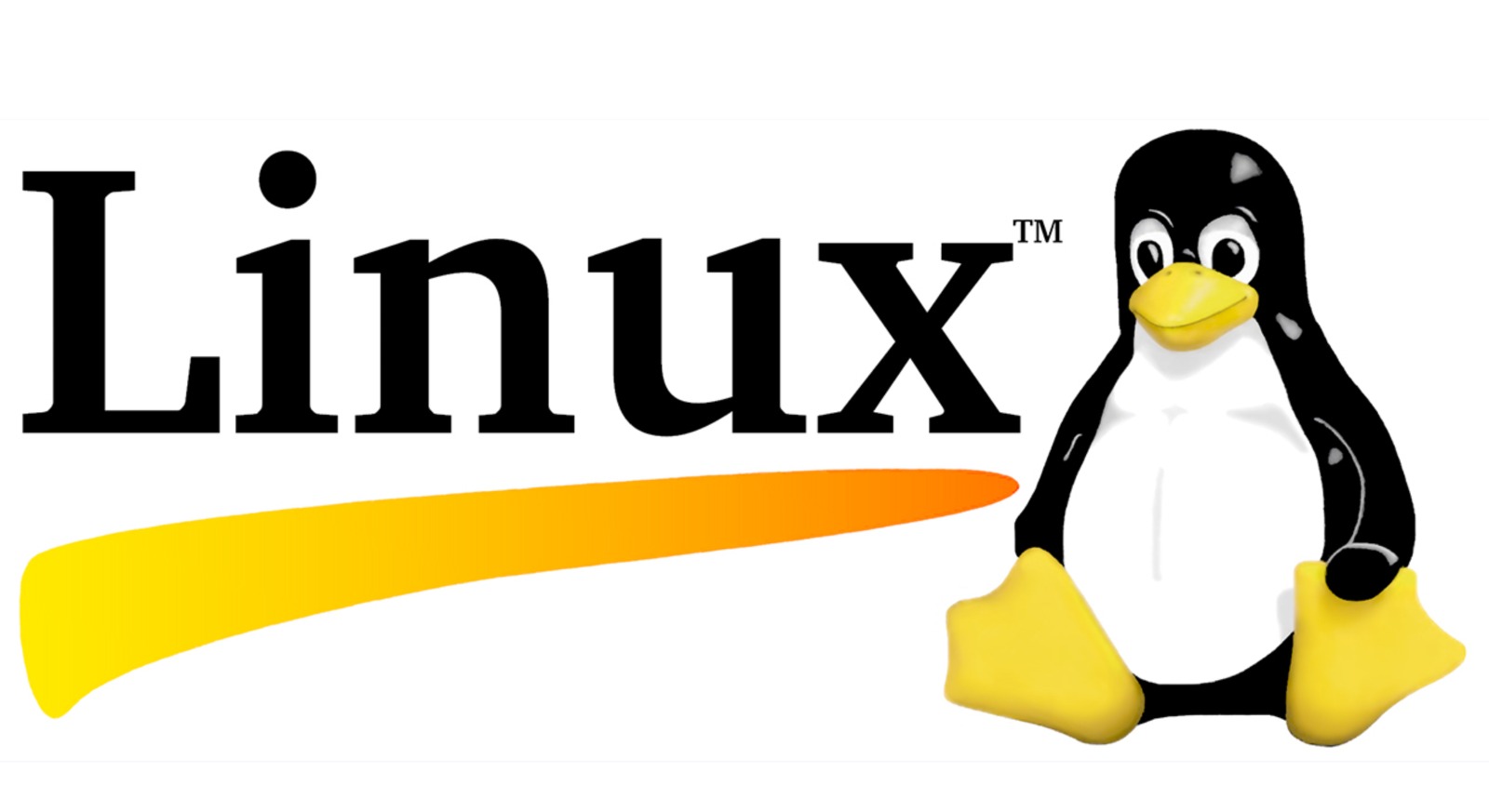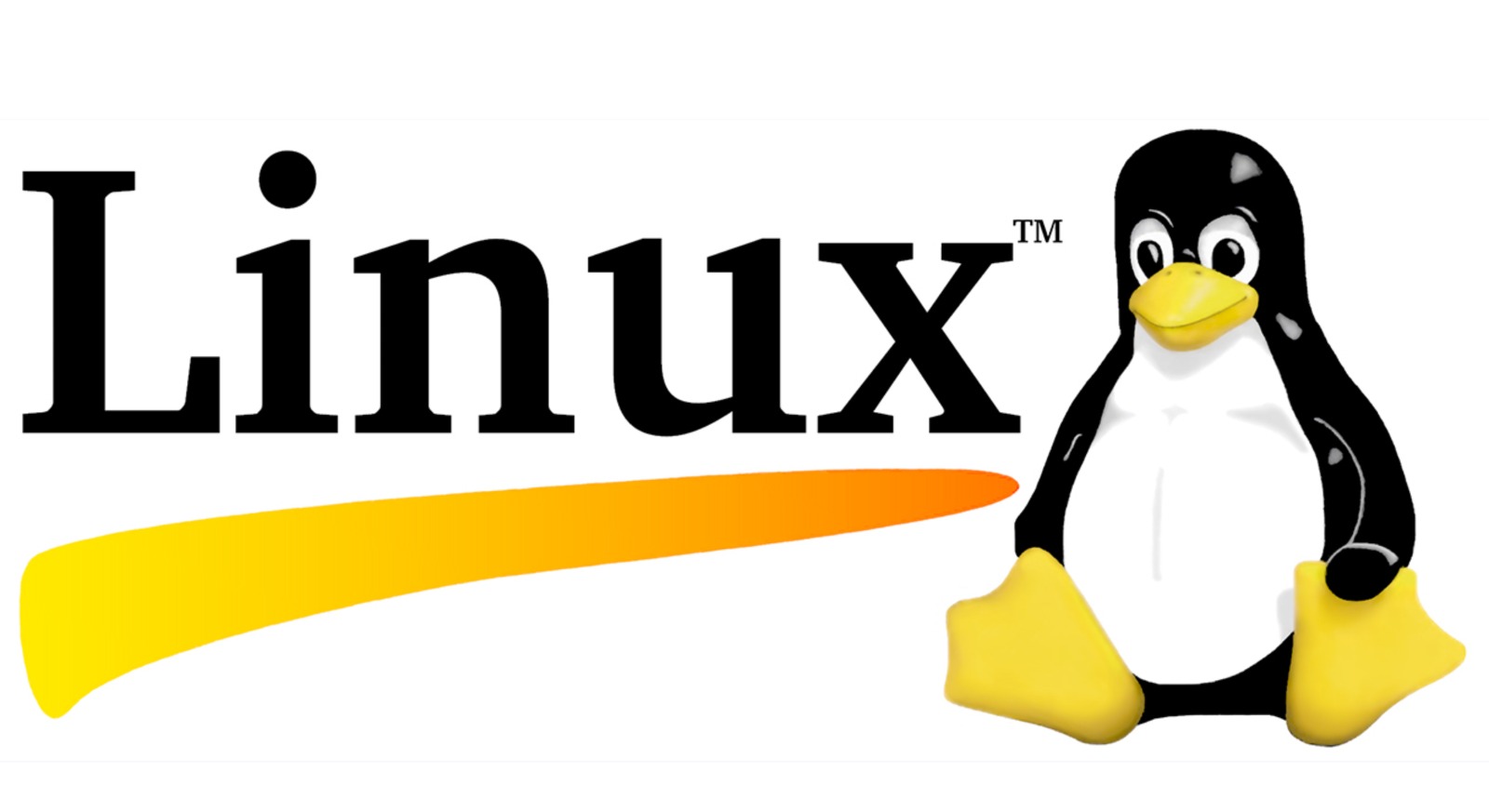Why Linux Is Essential for DevOps

If DevOps is about speeding up reliable software delivery, Linux is the paved highway that makes it possible. Almost every layer of modern delivery—cloud VMs, containers, Kubernetes nodes, CI agents, networking, observability, security hardening—assumes Linux primitives. This guide explains why Linux matters for DevOps and gives you practical, copy-pasteable examples to build real skills.
1) The DevOps Stack Runs on Linux
Cloud compute defaults: AWS (EC2, EKS nodes), GCP (GCE, GKE), Azure (VMs, AKS) default to Linux images.
Containers: Docker/Podman build Linux images; cgroups + namespaces are Linux kernel features.
Orchestrators: Kubernetes control plane components, kubelets, CNI plugins, and CSI drivers are built for Linux first.
CI/CD: Runners/agents (GitHub Actions, GitLab, Jenkins) typically run on Linux for better tooling and speed.
Infra tooling: Terraform, Ansible, Packer, Helm, kubectl—all primarily exercised on Linux hosts.
Takeaway: Knowing Linux moves you from “user of tools” to “operator who can debug the host the tools depend on.”
2) Core Linux Concepts Every DevOps Engineer Must Master
Filesystem & Process Model
Everything is a file: devices (
/dev), sockets, procfs (/proc), sysfs (/sys).
Process introspection: ps, top, htop, pidstat, /proc/<pid> to diagnose resource leaks.
Permissions/ownership: chmod, chown, umask, setuid/setgid, capabilities (getcap/setcap).
# Who’s hogging CPU and why?
ps -eo pid,ppid,cmd,%cpu,%mem --sort=-%cpu | head
# Which files is a process touching?
lsof -p <PID> | head
Package Management
Understand both Debian/Ubuntu (apt) and RHEL/Alma/Rocky (dnf/yum) families, plus apk (Alpine) for tiny container images.
# Debian/Ubuntu
sudo apt update && sudo apt -y upgrade
sudo apt install -y build-essential jq
# RHEL-like
sudo dnf check-update && sudo dnf -y upgrade
sudo dnf install -y git jq
System Services
systemd: service lifecycle, restart policies, journald logs.
Useful for running application services and CI agents reliably.
sudo systemctl status docker
sudo journalctl -u docker.service -n 200 --no-pager
Networking Fundamentals
Interfaces & routes:
ip a,ip r
Sockets & ports: ss -tulpn
Packet flow & firewall: iptables/nftables, firewalld
DNS: /etc/resolv.conf, dig, nslookup, resolvectl
# What’s listening?
sudo ss -tulpn | grep LISTEN
# Quick TCP test
nc -zv mydb.internal 5432
3) Linux + Containers: The Kernel Makes it Work
Containers use Linux kernel features:
Namespaces (isolation):
pid,net,mnt,uts,ipc,user
cgroups (limits): CPU/memory/IO quotas
Capabilities: fine-grained privileges instead of full root
Seccomp/AppArmor/SELinux: syscall filtering and MAC policies
Why it matters for DevOps:
You’ll tune resource requests/limits that map to cgroups.
You’ll debug container DNS/routing—pure Linux networking.
You’ll harden images by dropping capabilities and using seccomp profiles.
# See cgroups (v2 path may vary)
cat /sys/fs/cgroup/cgroup.controllers
# Capabilities of a process
capsh --print
4) Kubernetes Nodes Are Linux Machines
K8s abstracts apps, not nodes. When workloads fail, you’ll often drop to the node:
kubelet & container runtime logs: systemd units.
CNI plugins: iptables/nftables rules, veth pairs, bridges, routing tables.
CSI storage: device mounts under /var/lib/kubelet.
# On a node
sudo journalctl -u kubelet -n 300 --no-pager
sudo ip link show
sudo iptables -S | head
Real-world example: Pod can’t reach a service? You’ll check:
Pod IP & node routes,
kube-proxy (iptables) rules,
Node’s conntrack table,
CNI interface health.
5) Automation & Configuration Management Loves Linux
Ansible: SSH + Python on Linux makes idempotent automation easy.
Shell scripting: glue for pipelines, artifact packaging, and health checks.
Cron/systemd timers: reliable scheduled jobs.
# Simple health check script
#!/usr/bin/env bash
set -euo pipefail
curl -fsS http://localhost:8080/healthz >/dev/null || { echo "Unhealthy"; exit 1; }
# Cron it (every 5 min)
*/5 * * * * /usr/local/bin/healthcheck.sh >>/var/log/healthcheck.log 2>&1
6) Observability: Tracing Problems to the Host
Logs: journald,
/var/log, app logs under/var/lib/docker/containers/...
Metrics: node exporters read Linux counters (CPU, mem, disk IO).
eBPF: modern deep-dive observability, low overhead profiling, network tracing.
# Disk usage & inode pressure
df -h
df -i
# Who’s doing IO?
sudo iotop -oPa
7) Security Posture Starts with Linux Hygiene
Least privilege: users, groups, sudoers, capabilities.
Patching: unattended upgrades or automation via Ansible.
Firewall: allowlist inbound, restrict egress where practical.
MAC: SELinux/AppArmor policies for defense-in-depth.
SSH: key-based auth, disable root login, Fail2ban, audit logs.
# Harden SSH quickly
sudo sed -i 's/^#\?PasswordAuthentication .*/PasswordAuthentication no/' /etc/ssh/sshd_config
sudo sed -i 's/^#\?PermitRootLogin .*/PermitRootLogin no/' /etc/ssh/sshd_config
sudo systemctl reload sshd
8) CI/CD on Linux: Fast, Deterministic, Cache-Friendly
Layer caches: Docker builds on Linux are predictable and fast.
Toolchain installs: Node, Python, Java, Go—one-liners via package managers.
Artifact signing & SBOMs: cosign, syft, grype run smoothly on Linux.
# Minimal Dockerfile best practice
FROM alpine:3.20
RUN apk add --no-cache ca-certificates
WORKDIR /app
COPY app /app/app
USER 65532:65532 # non-root user
ENTRYPOINT ["/app/app"]
9) Git + Shell = Productive Ops Loops
Being fluent with Linux shell makes you dangerous (in a good way):
# One-liner to diff prod vs staging configs
diff -u <(kubectl --context=prod get cm app -o yaml) \
<(kubectl --context=staging get cm app -o yaml) || true
# Generate an inventory from labels (great for Ansible)
aws ec2 describe-instances --filters "Name=tag:Role,Values=web" \
| jq -r '.Reservations[].Instances[].PrivateIpAddress' > hosts.txt
10) Troubleshooting Playbook (Copy/Paste)
CPU spike (pod looks fine, node doesn’t):
top -o %CPU
pidstat 1 5
sudo perf top # if perf is available; consider eBPF tools like bpftrace
Memory leak:
free -m
vmstat 1 5
cat /proc/meminfo | egrep 'Mem|Cache|Swap'
sudo smem -r | head
Network issues:
ip a
ip r
sudo ss -tulpn
dig api.internal A +search +short
traceroute 10.0.2.15
Disk pressure:
df -h
du -xh /var | sort -h | tail -20
sudo journalctl --disk-usage
Container won’t start:
docker ps -a
docker logs <container>
sudo journalctl -u containerd -n 200 --no-pager
11) Linux Skills Map for DevOps (From Zero → Pro)
Start here
Shell basics:
bash, pipes, redirection,grep,awk,sed,xargs,jq
Files/permissions, users/groups, SSH keys
Daily Ops
systemd, journald,
ip/ss,iptables/nft
Package managers, cron/systemd timers
Containers
Docker/Podman, cgroups/namespaces, image hardening, multi-stage builds
Kubernetes
Node internals, kubelet logs, CNI/CNI routes, storage mounts
Observability
Logs, metrics, tracing, eBPF basics
Security
SELinux/AppArmor, seccomp, capabilities, SSH hardening, auditd
Automation
Ansible playbooks, Terraform provisioning, Packer images, CI runners
12) Mini-Labs (Hands-On)
Lab A: Build a minimal non-root container
cat > Dockerfile <<'EOF'
FROM alpine:3.20
RUN addgroup -S app && adduser -S app -G app
USER app
WORKDIR /home/app
COPY hello.sh .
RUN chmod +x hello.sh
ENTRYPOINT ["./hello.sh"]
EOF
echo -e '#!/bin/sh\necho Hello from $(whoami)' > hello.sh
docker build -t minimal-app:alpine .
docker run --rm minimal-app:alpine
Lab B: Debug a broken service
# Simulate: service fails after start
sudo systemctl status myapp.service
sudo journalctl -u myapp.service -n 200 --no-pager
# Fix ExecStart path or permission, then:
sudo systemctl daemon-reload
sudo systemctl restart myapp.service
Lab C: Network sanity
ip a
ip r
curl -I https://kubernetes.io
dig kubernetes.io A +short
sudo ss -tulpn | grep 8080 || true
13) Team Outcomes When Devs Know Linux
Faster MTTR: you can hop on a node and isolate the real cause quickly.
Tighter security: reduce attack surface with capabilities/seccomp and proper users.
Lower costs: choose slimmer base images (Alpine, Distroless), right sizing via cgroups insights.
More reliable CI: deterministic builds and debuggable runners.
Better SRE collaboration: shared language across dev, ops, and security.
14) Common Pitfalls (and How to Avoid Them)
Running everything as root → Create non-root users, drop capabilities.
Ignoring logs → Use journalctl, rotate logs, collect to a central system.
No patching → Automate updates or at least monthly baselines.
Hand-curated servers → Use IaC + config management (Terraform + Ansible).
Opaque containers → Publish SBOMs (syft), scan (grype, trivy), pin versions.
15) A 30-Day Linux Plan for DevOps
Week 1: Shell fundamentals, users/permissions, SSH, package managers.
Week 2: systemd, journald, networking basics (ip, ss, dig, firewalls).
Week 3: Docker/Podman, build non-root images, resource limits, seccomp.
Week 4: K8s node logs, CNI basics, exporters, eBPF intro, Ansible playbooks.
Pair each week with a small lab and write a one-page runbook of the commands you used.
Final Thoughts
Linux isn’t just another line on a resume—it’s the substrate that DevOps runs on. Mastering Linux turns you into the person who can actually fix production at 3 a.m., harden workloads before audits, and keep shipping when others are stuck. Start with the fundamentals above, practice the labs, and you’ll feel the compounding benefits in every pipeline, cluster, and incident you touch.
Comments (0)
No comments yet. Be the first to share your thoughts!
